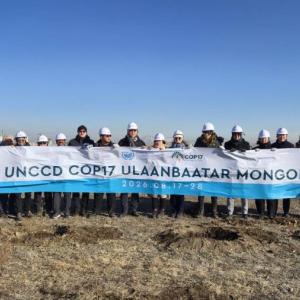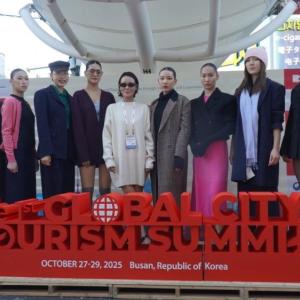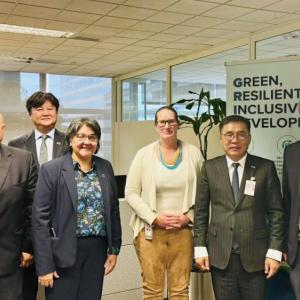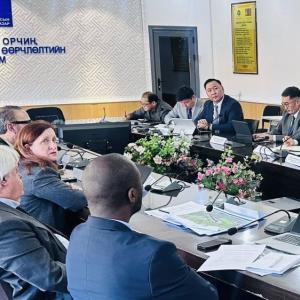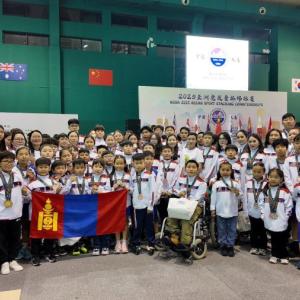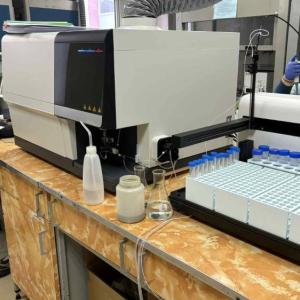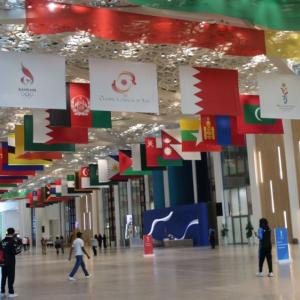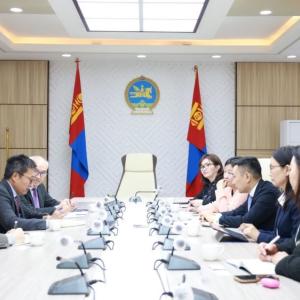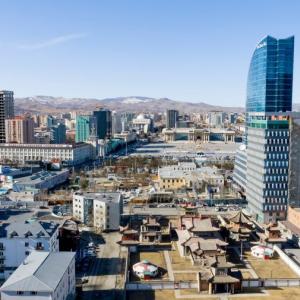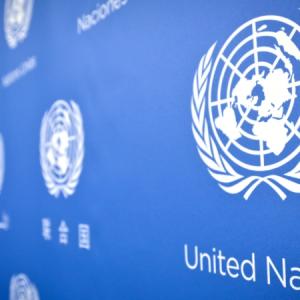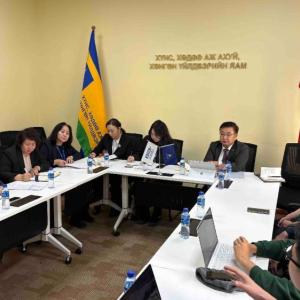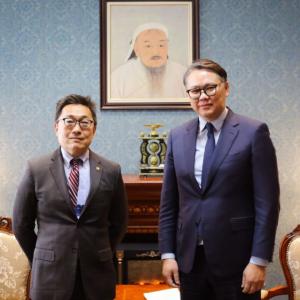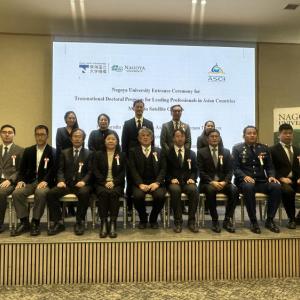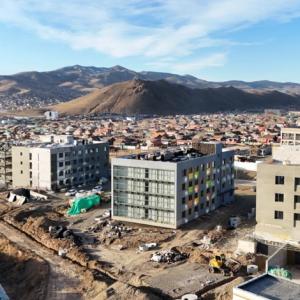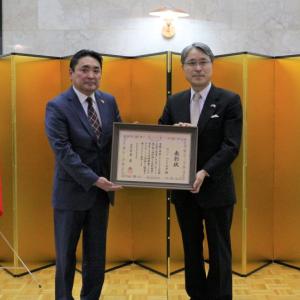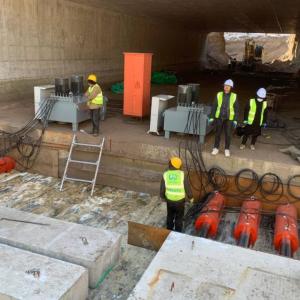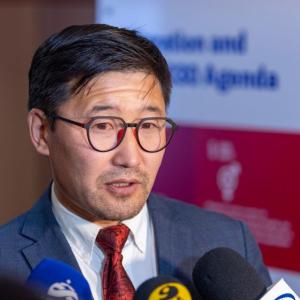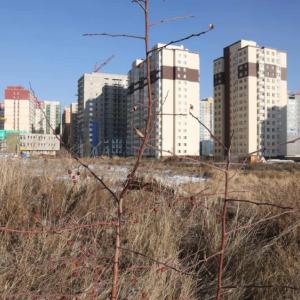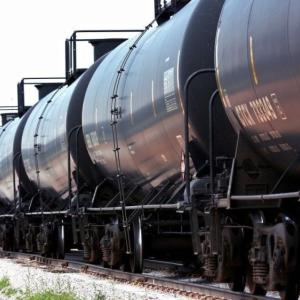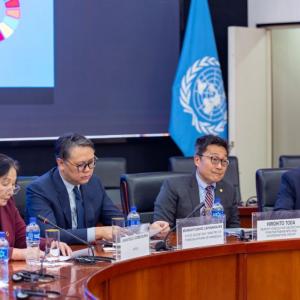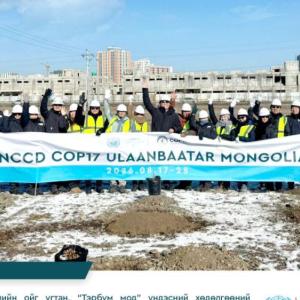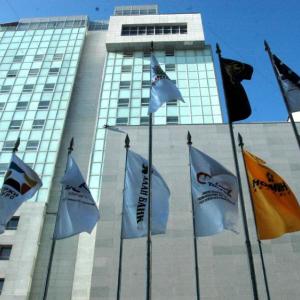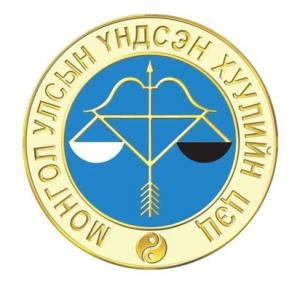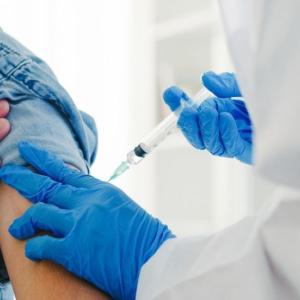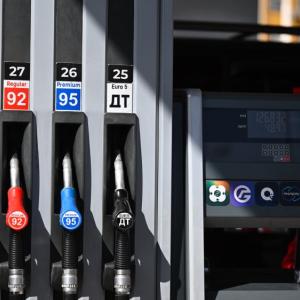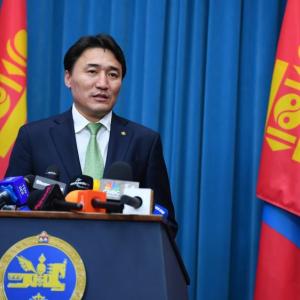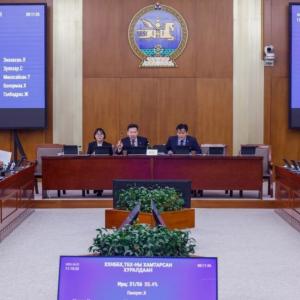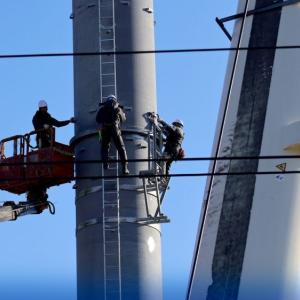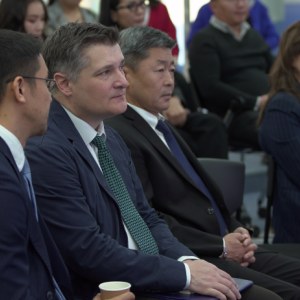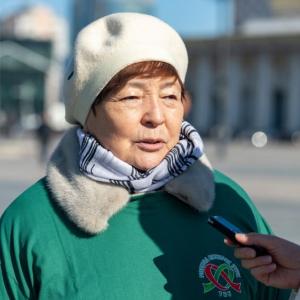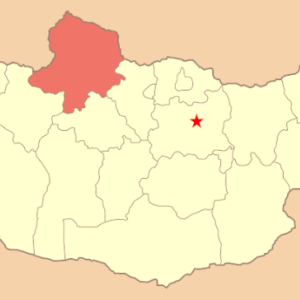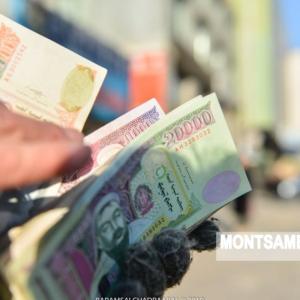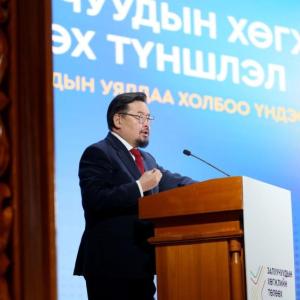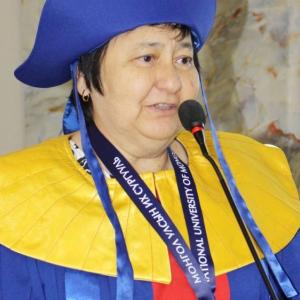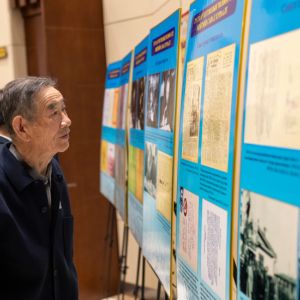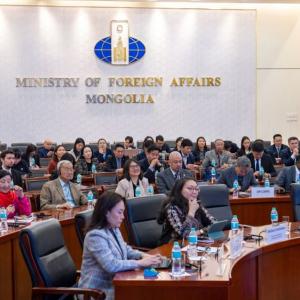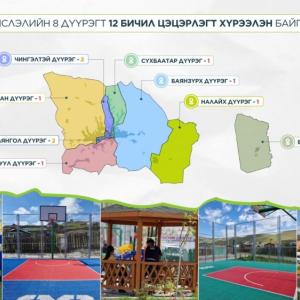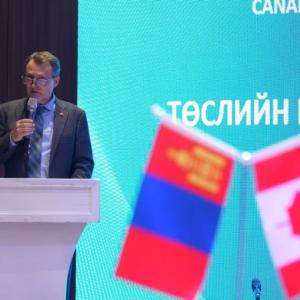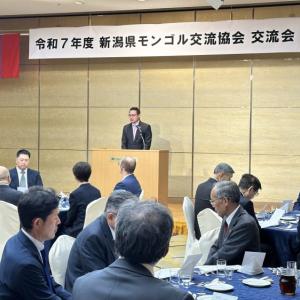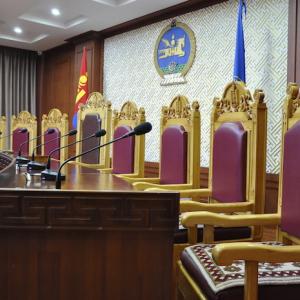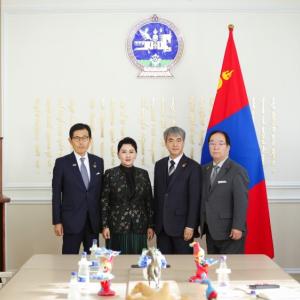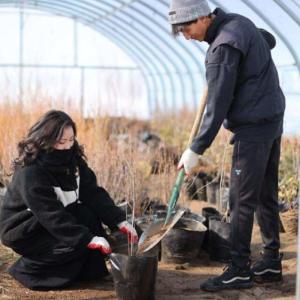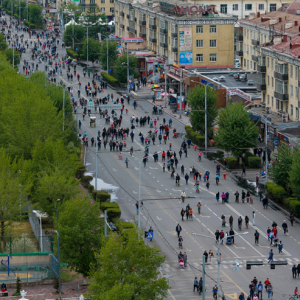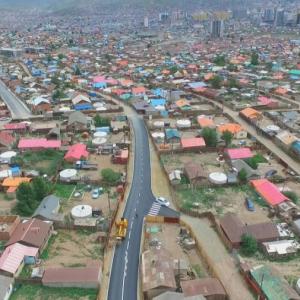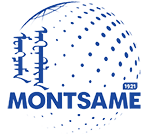JICA introduces projects on air pollution reduction
EnvironmentUlaanbaatar /MONTSAME/. The Japan International Cooperation Agency (JICA) introduced projects on reducing the air pollution in Ulaanbaatar yesterday on March 13.
In the frameworks of the programme for small and medium-scale enterprises development, diesel particulate filters were installed on public transport for the testing of emission reduction of Particulate Matter (PM) in August 2018, which will be concluded in September 2019. The filters of the type, ‘MoCobee CT-3’, were installed on 24 diesel buses.

Project leader Komori Masanori said, “From what we know up until now, an average of 175 grams of particulate have been filtered by each bus in a day. In other words, each bus without a DPF are emitting 175 grams of PM into the air everyday. If we say that there are over 800 buses being operated in the capital city, a total of 55 tons of PM are being emitted annually. We consider it highly significant in reducing the air pollution of Ulaanbaatar and protecting the citizens’ health by installing this type of DPF filters on all the buses operated for public transport.”
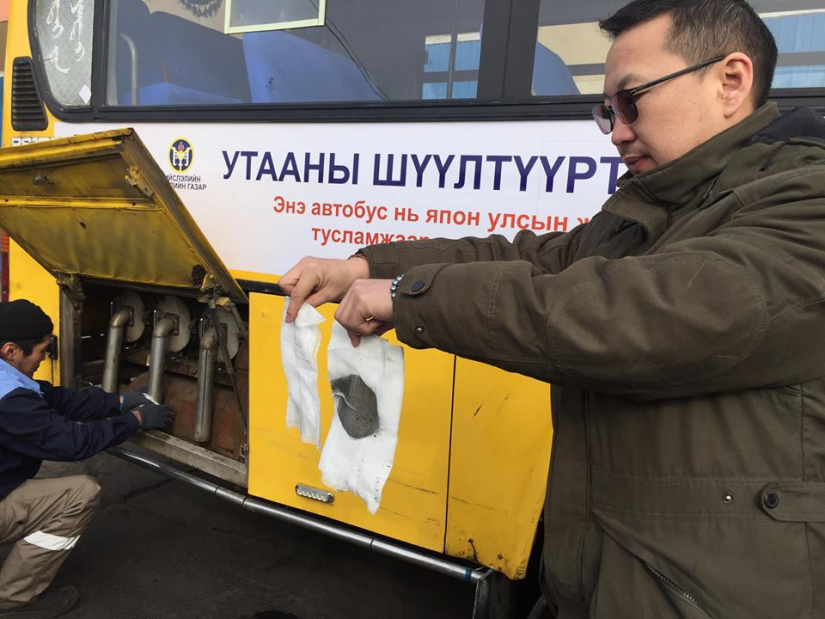
The filter is unique from other similar filters by being able to filter regardless of diesel fuel sulfur amount alongside filtering nanoparticles, which has a negative impact on health.
The representatives then introduced the third phase of the Capacity Development Project for Air Pollution Control in Ulaanbaatar city, which is being jointly implemented by JICA, Ministry of Environment and Tourism and the Governor’s Office of the Capital City since last year.
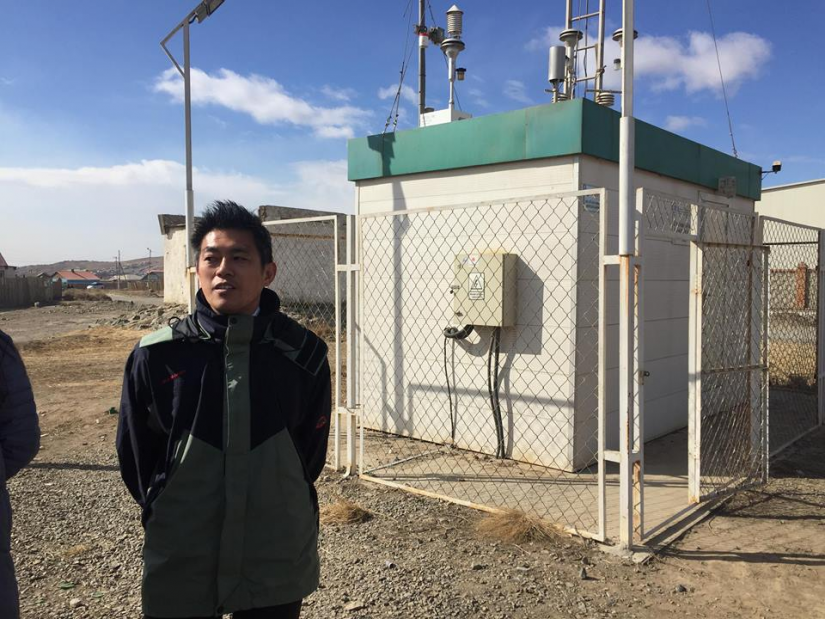
Deputy project leader Sawaki Natsuji said, “Particle pollution becomes increasingly worse during winter due to the 6.3 million tons of coal used for fuel each year. We worked to build the capacity of the workforce at the Air Quality Department of the Capital City as well as corresponding organizations, and improving the monitoring system and equipment for air quality control in the frameworks of the project. We also created the conditions to live broadcast the measurements of the air quality monitoring stations in aims of informing the citizens of air quality and pollution. Capacity to develop and implement a method to effectively reduce air pollution needs to be built hereafter.”
In May 2016, one of the fully-automated air quality monitoring station was installed in Khoroo 7 of the capital’s Songinokhairkhan district, which is considered to be in the most polluted area of the city. The automated monitoring station measures the amount of the particulates, PM10 and PM2.5, as well as sulfur dioxide SO2 in the local area 24 hours a day, regularly updating the information online on the website agaar.mn alongside several other websites.
 Ulaanbaatar
Ulaanbaatar







